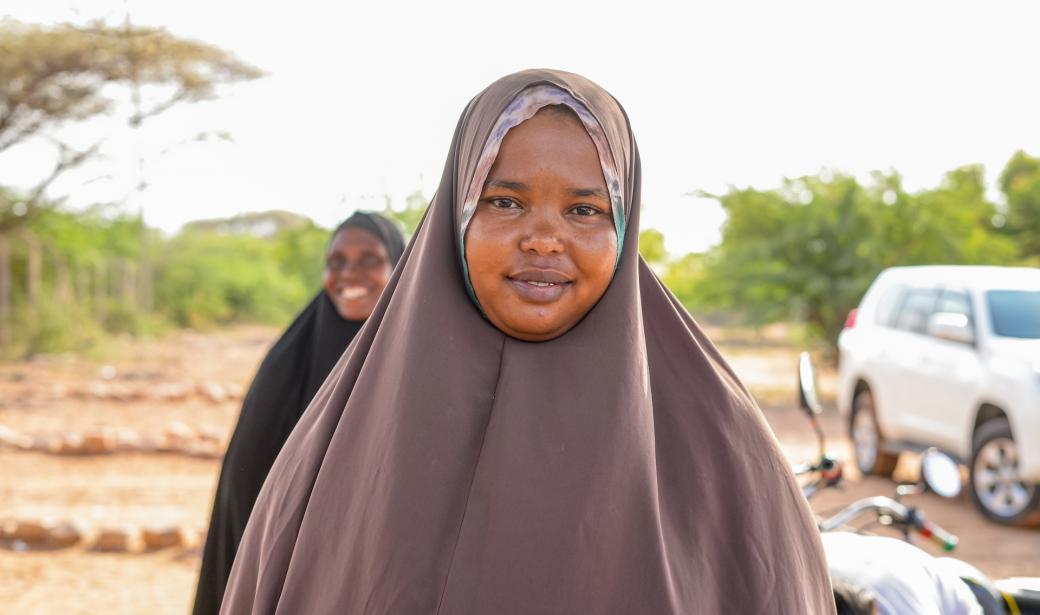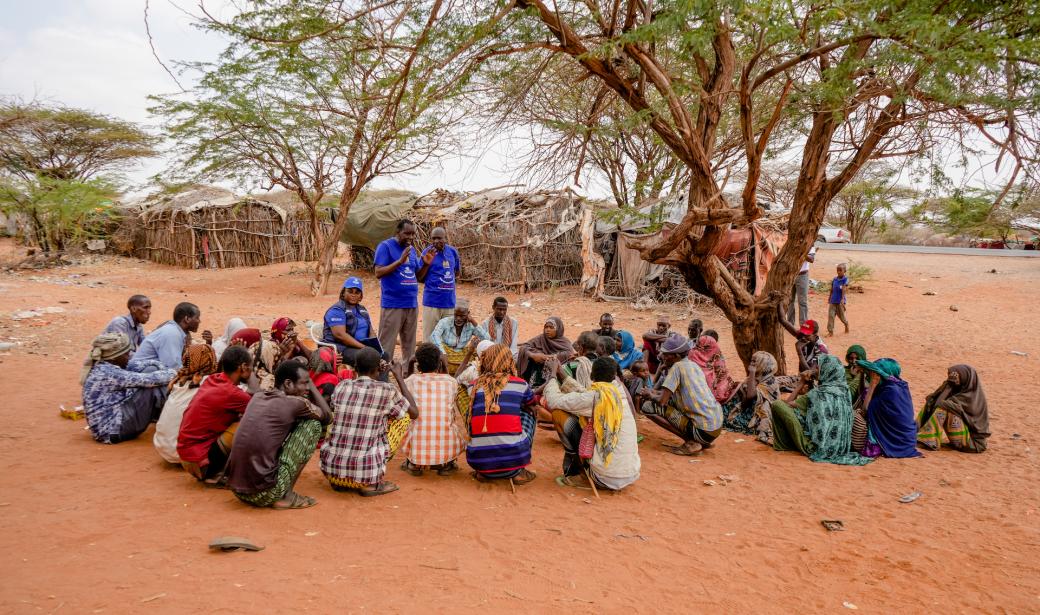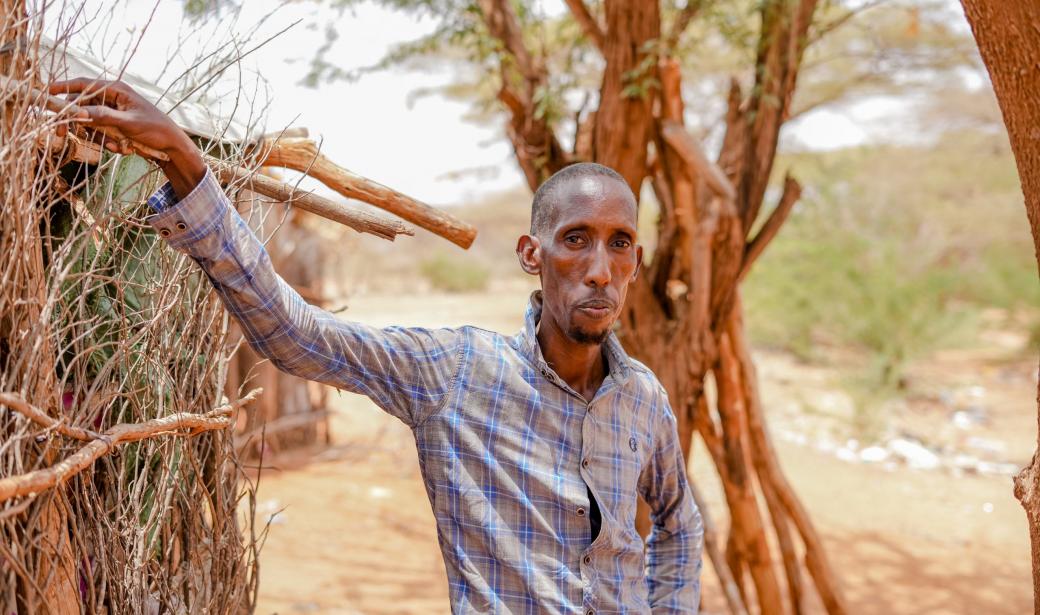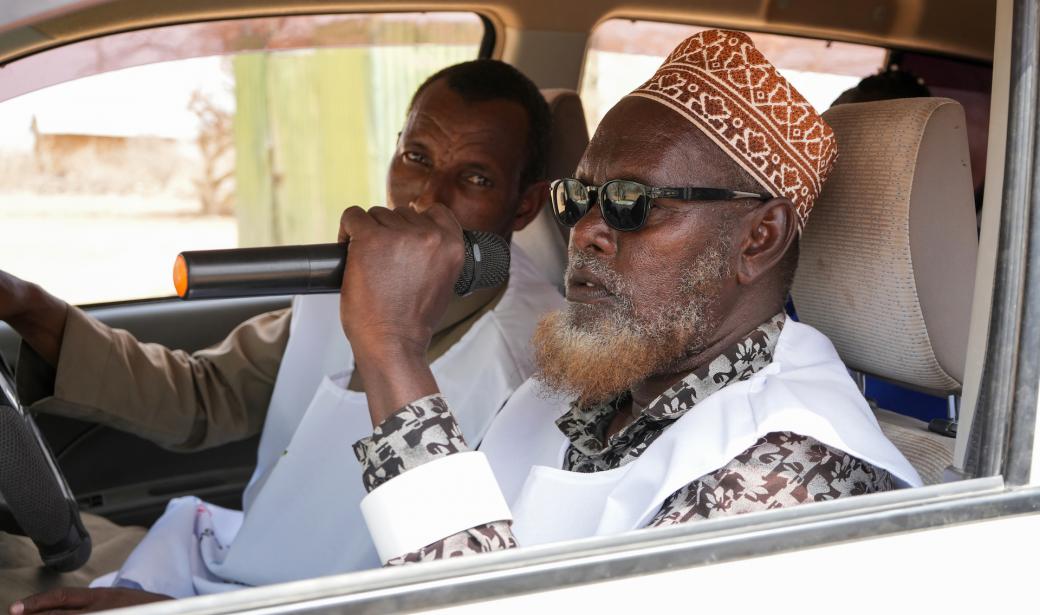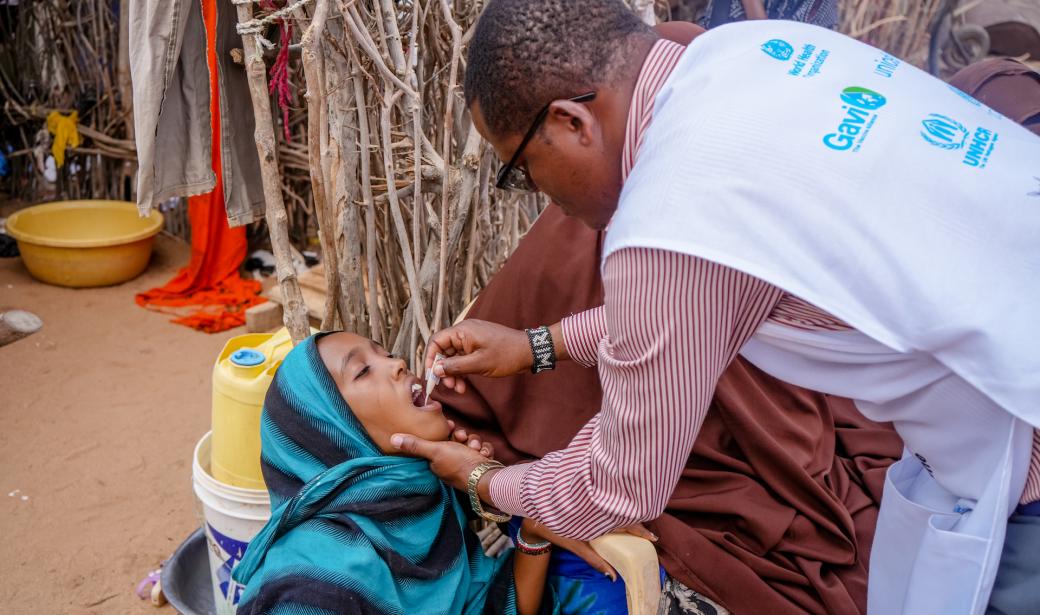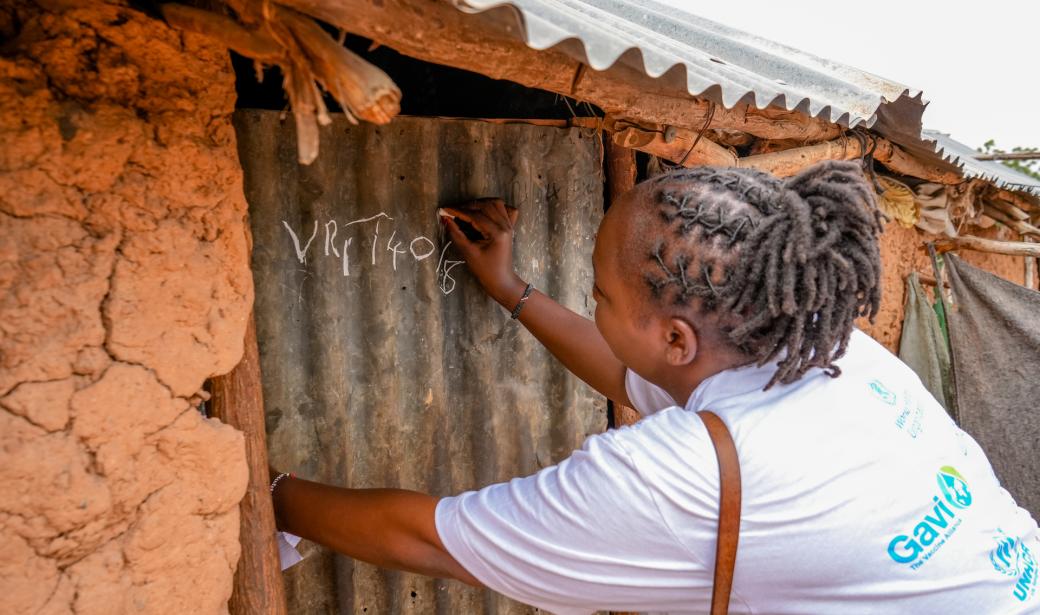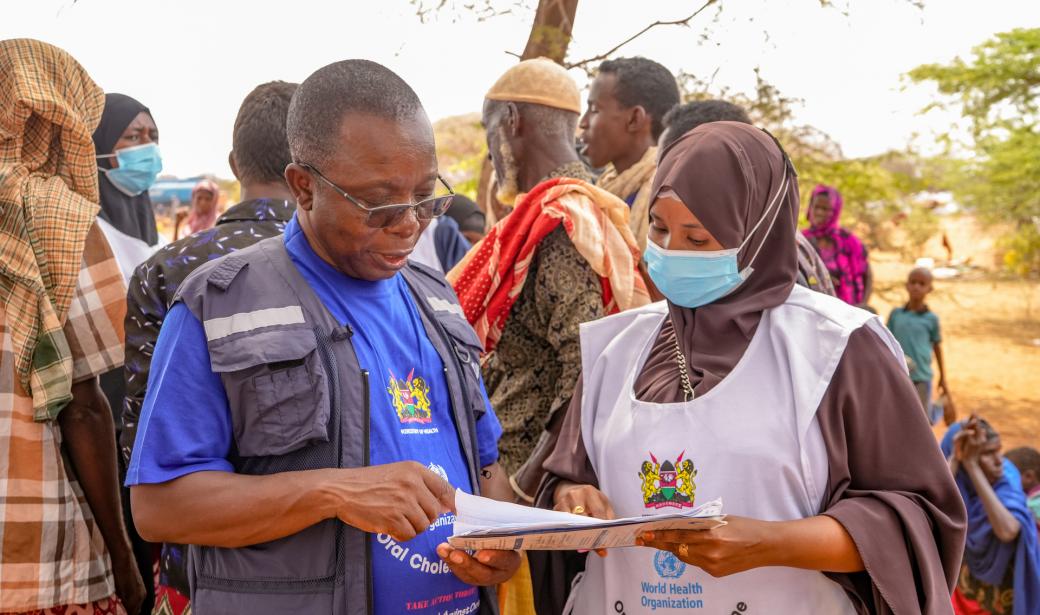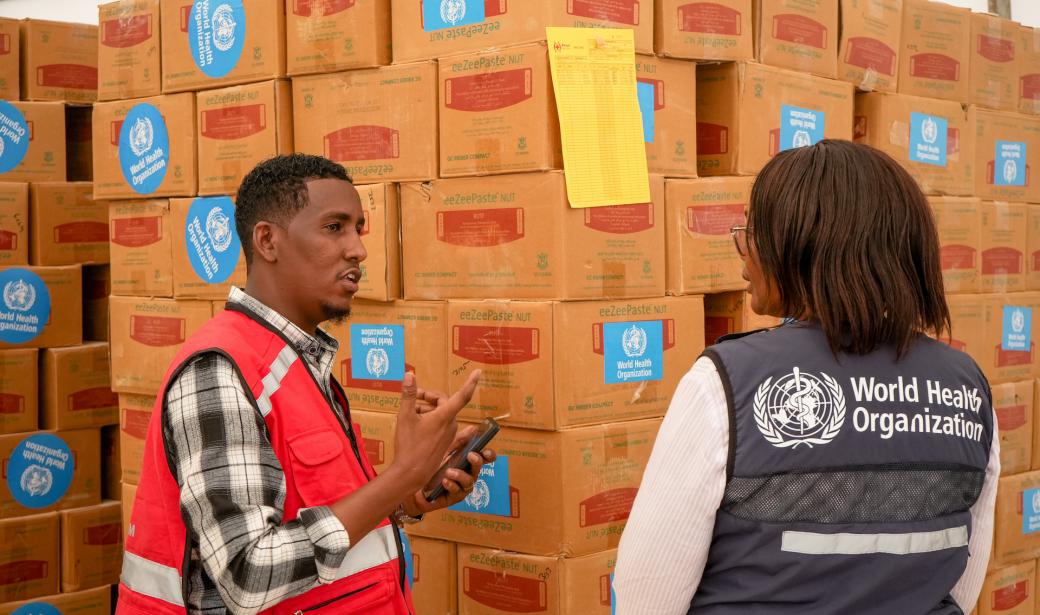Nairobi ‒ Since October 2022, Kenya’s arid northern region has been affected by a cholera outbreak triggered by the impact of a prolonged and severe drought. The country has recorded more than 7800 cases and 122 deaths as of 26 March 2023.
Kenyan health authorities launched the country’s first-ever cholera vaccination drive in February to bolster outbreak control efforts and end the disease. The 10-day campaign, rolled out with support from World Health Organization (WHO), targeted 2.2 million people in four worst-affected counties. WHO has been working with the Kenyan authorities to ramp up disease surveillance, prevention and treatment, as well as community engagement and coordination with partners to improve sanitation and safe water provision. The Organization also disbursed US$6 million to kick-start emergency cholera responses in Kenya, Malawi and Mozambique.
“Our response to the outbreak has focused on community engagement and messaging, including a multi-sectoral approach to ensure religious and community leaders are involved at all levels,” said Ibrahim Mohamed, a health promotion officer for the Garissa County Department of Health and Sanitation Services.
The campaign primarily targeted pastoral communities displaced by drought. Without access to clean water, sanitation and health facilities, these communities are particularly vulnerable to cholera. Infection is caused by the ingestion of contaminated food or water, with symptoms including acute watery diarrhoea, which can quickly lead to severe dehydration.
“It has been very successful,” he said. “We are now monitoring the impact of the vaccine on the number of cases, and we have already seen a decline across the affected counties.”
“We must remember that the vaccine is not a magic bullet,” said Dr Julius Wekesa, WHO’s incident manager for the cholera outbreak in Kenya. “It must go hand in hand with the strengthening of water and sanitation interventions at all levels.”
After five consecutive seasons of drought, projections are that below average rains in the current March‒May rainy season will result in over 48 million people being food insecure, including more than 5.4 million people in Kenya. This is expected to cause further disease outbreaks.
“A food crisis is also a health crisis,” said Dr Abdourahmane Diallo, WHO Representative in Kenya. “Immediate global action is required to save lives in Kenya and the greater Horn of Africa.”
Communication Officer
WHO Regional Office for Africa
Email: ridgardn [at] who.int (ridgardn[at]who[dot]int)
Tel: +254 11 289 0666
Media Relations Officer
WHO Regional Office for Africa
Email: dalalm [at] who.int (dalalm[at]who[dot]int)
Tel: +254 703 245 761 (WhatsApp)



